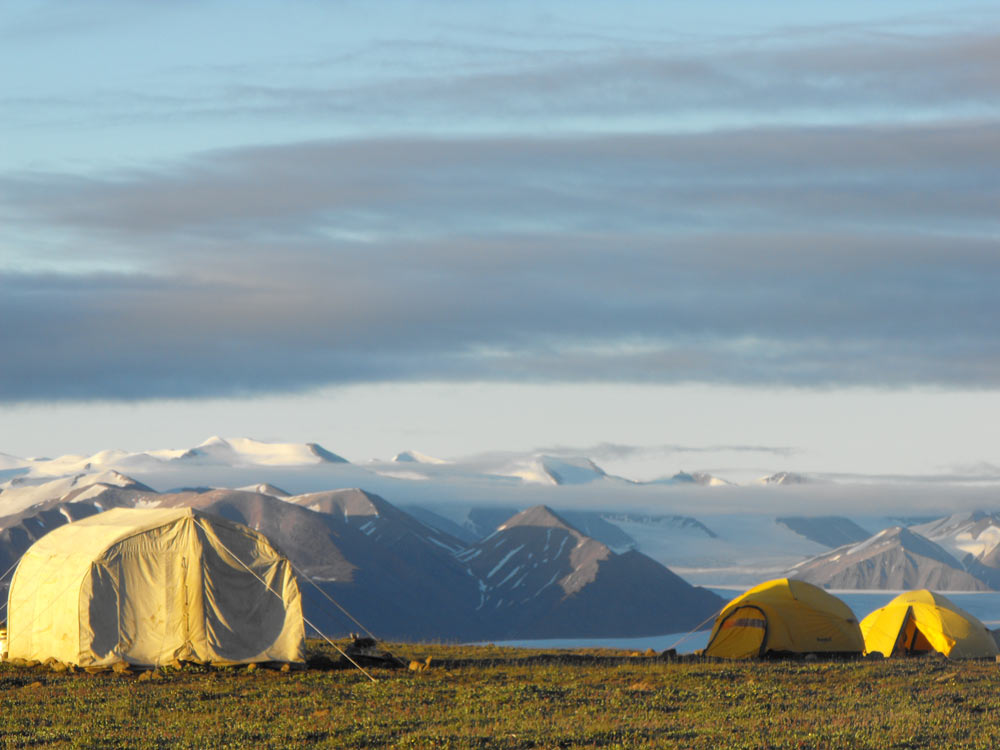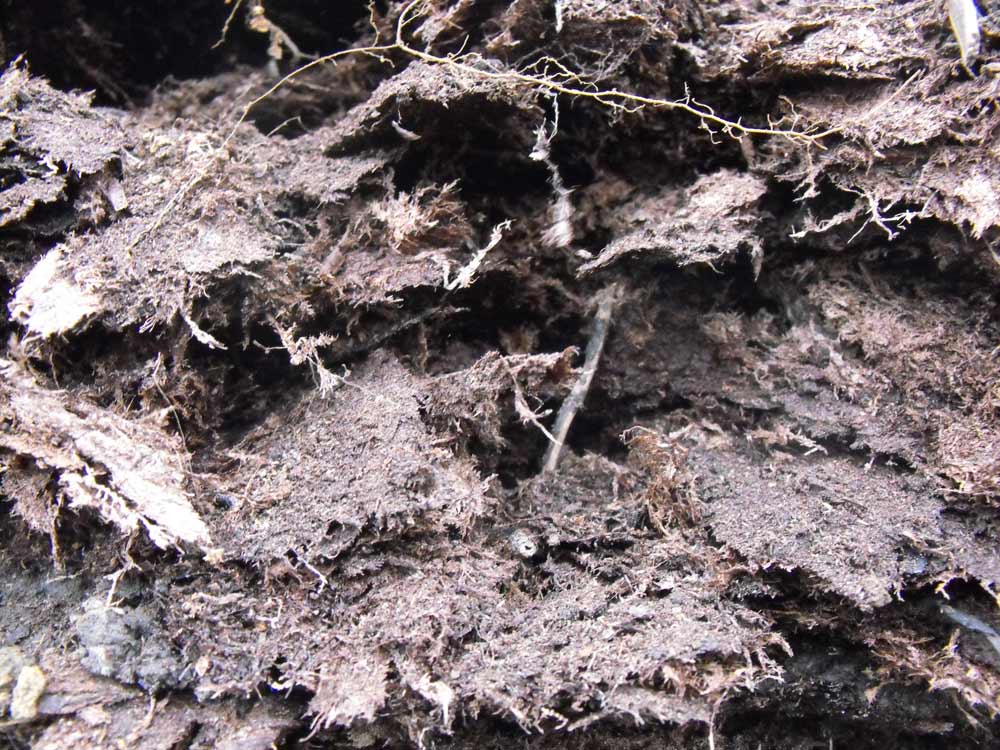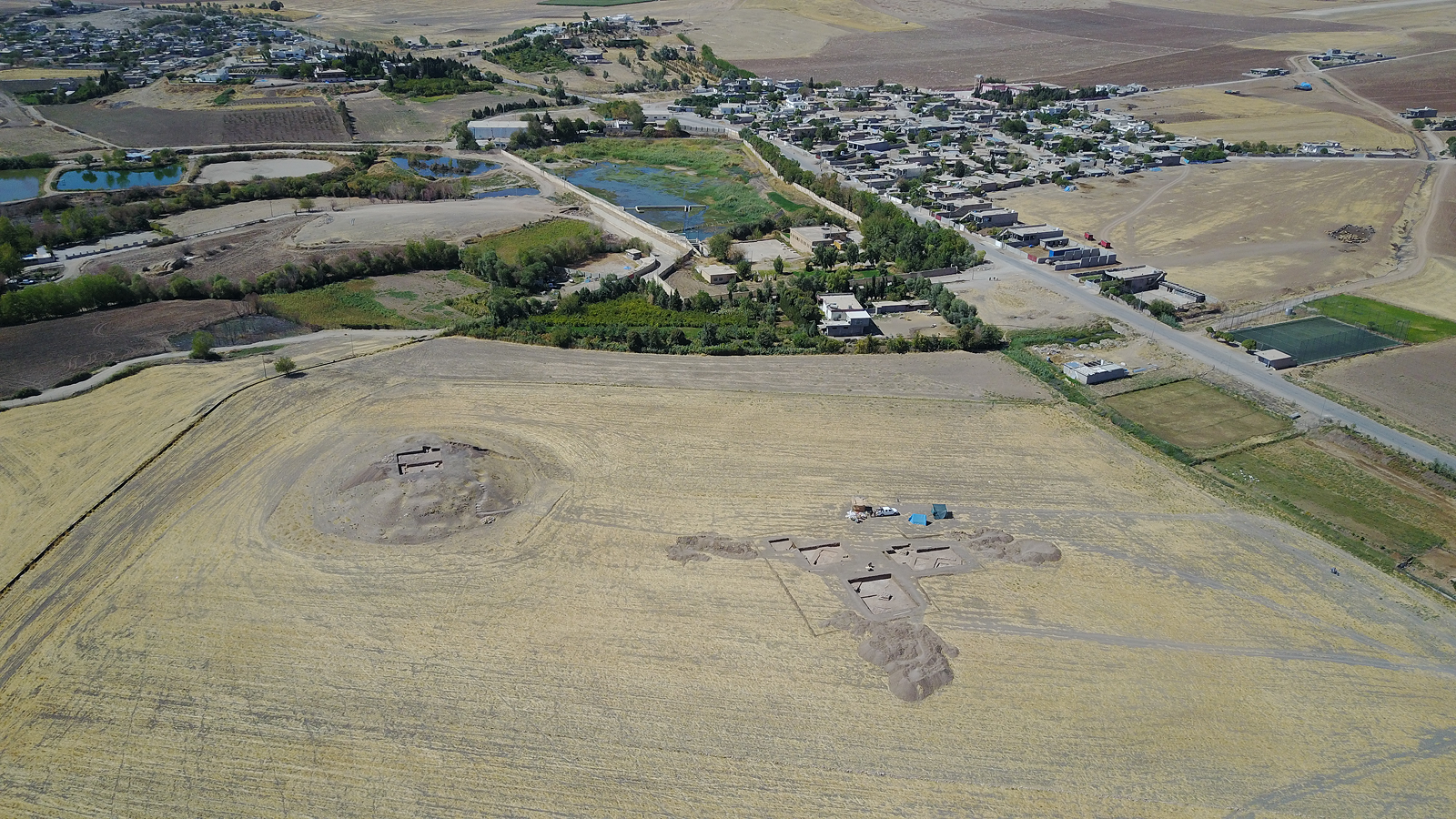Fossil Forest May Sprout Again as the Arctic Warms

A fossilized forest that flourished more than 2.5 million years ago could return to life thanks to a warming planet, scientists say.
The paleo-scene won't sprout up overnight, of course, said Alexandre Guertin-Pasquier of the University of Montreal, who will present his research at the Canadian Paleontology Conference in Toronto this week.
Rather, he said, climate forecasts suggest that, by 2100, the now-uninhabited Bylot Island where the fossilized forest was discovered will support temperatures similar to those prevalent when the forest thrived.
"The fossil forest found in Bylot Island probably looked like the ones actually found in the [present-day] south of Alaska, where tree-line boreal forest grows near some glacier margins," Guertin-Pasquier wrote in an email. "The main plant diversity also seems to be similar between these two environments," which both include willow, pine and spruce trees. [See Photos of the Fossil Forest Site]
He and his colleagues analyzed samples of wood that had been preserved in the area's peat and permafrost. They specifically looked for pollen, which would reveal the types of trees growing in the area at the time.
To help nail down a specific date when growth occurred, the researchers analyzed the sediments laid down at the time the forest lived. They specifically looked at magnetic particles found in the soil, particularly magnetite. This works because, throughout our planet's history, the orientation of the magnetic north pole changed several times, a well-documented phenomenon. Since these "magnetic sediments" line up with Earth's magnetic orientation, scientists can use this to date the sediment layers.
They estimate the forest thrived between 2.6 million and 3 million years ago.
Get the world’s most fascinating discoveries delivered straight to your inbox.
The trees in the ancient forest, as interpreted from the pollen samples, usually grew in areas with a yearly average temperature of about 32 degrees Fahrenheit (0 degrees Celsius), Guertin-Pasquier said. Currently, average temperatures on Bylot Island hover around 5 degrees F (minus-15 degrees C), he added.
Will our grandchildren actually see this forest come to life?
"I think it's very possible we might see forest compositions of the past returning with warming," Larisa R. G. DeSantis who was not involved in the study told LiveScience. "The question is whether those trees will be able to make it up there," DeSantis said, adding that in some ways it's a lot easier for animals to migrate to different conditions.
"But trees have another whole level of difficulty, their potential for movement is based on their dispersal of seeds and that sort of thing, so their movement is constrained," said DeSantis, who studies, among other topics, the reconstruction of ancient environments, at Vanderbilt University in Nashville, Tenn.
Fossil forests of a similar age have also been found on Ellesmere Island in the Canadian Arctic, where so-called "mummy trees" were uncovered in the wake of a melting glacier. The spindly, mummified trees showed signs of stress, likely the result of a changing climate (from a greenhouse to an icehouse, of sorts) as well as the seasonal darkness occurring at the top of the world.
That, in fact, is one of the mysteries surrounding these Arctic forests, "how these trees managed to survive the relentless dark of the Arctic winter," Guertin-Pasquier said.
Next, the researchers plan to look more closely at other plant remains from Bylot Island to get a better idea of the possibly diverse flora.
Follow LiveScience on Twitter @livescience. We're also on Facebook & Google+.
Jeanna Bryner is managing editor of Scientific American. Previously she was editor in chief of Live Science and, prior to that, an editor at Scholastic's Science World magazine. Bryner has an English degree from Salisbury University, a master's degree in biogeochemistry and environmental sciences from the University of Maryland and a graduate science journalism degree from New York University. She has worked as a biologist in Florida, where she monitored wetlands and did field surveys for endangered species, including the gorgeous Florida Scrub Jay. She also received an ocean sciences journalism fellowship from the Woods Hole Oceanographic Institution. She is a firm believer that science is for everyone and that just about everything can be viewed through the lens of science.



